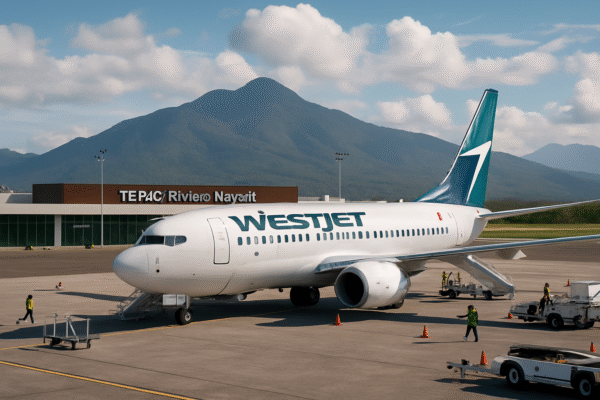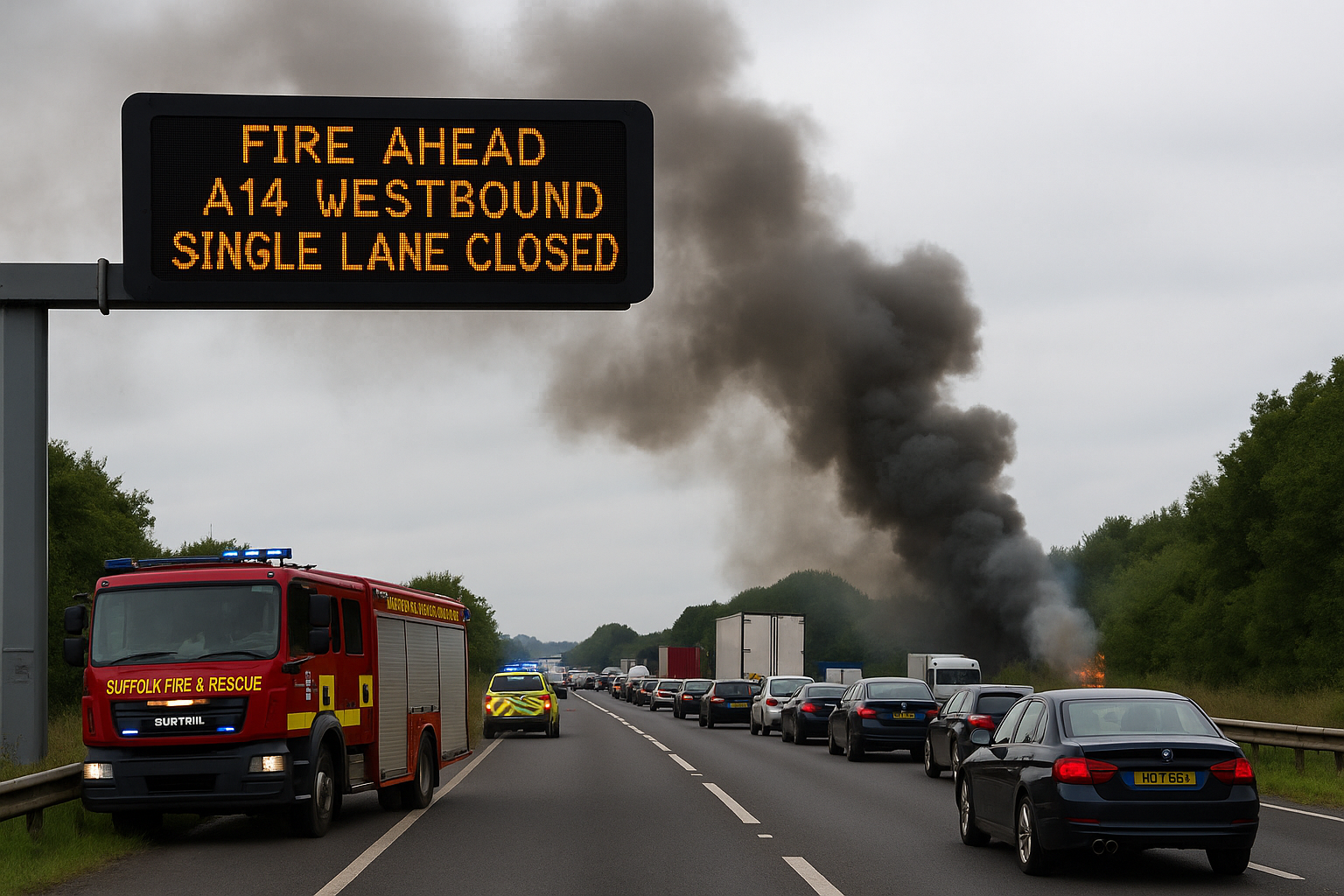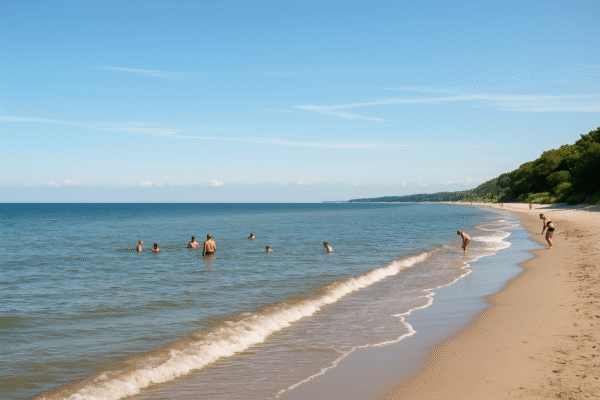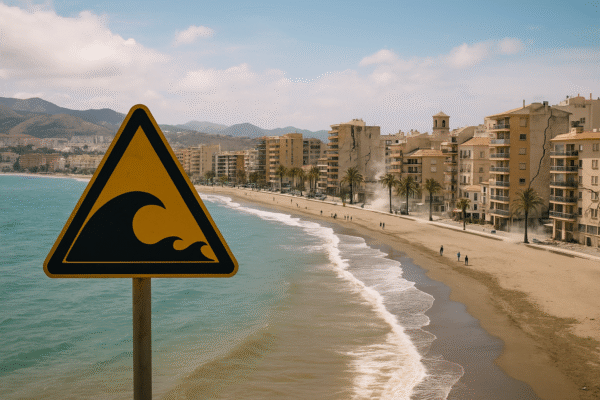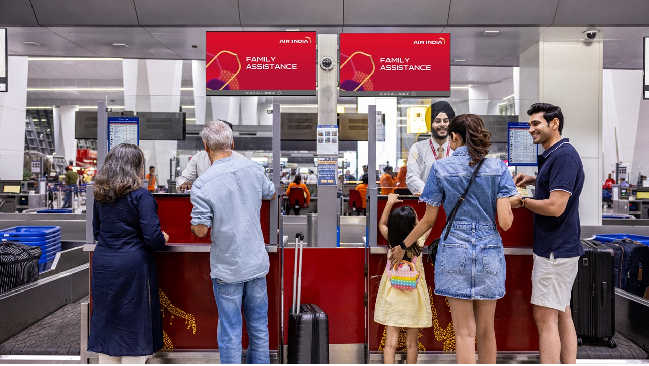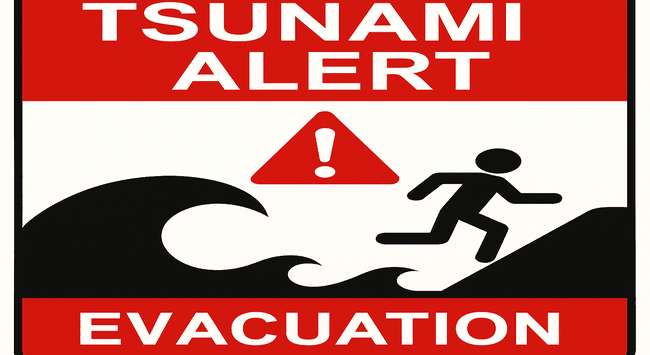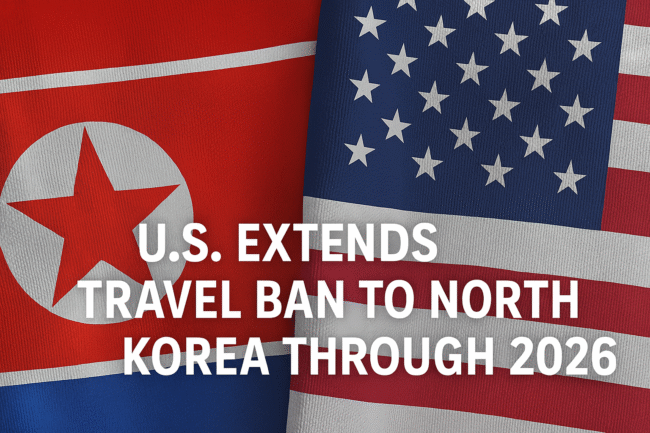Southern Spain Earthquake Triggers Tsunami Alert, Shakes Costa del Sol and 50 Tourist Cities as UK and Spain Coordinate Response
Southern Spain was rocked early this week by a rare but powerful 5.5 magnitude earthquake off the Alboran Sea coast, rattling over 50 towns and cities, including tourism centers like Costa del Sol, Málaga, and Granada. The tremor triggered a brief tsunami alert, prompting panic among residents and tourists alike. The incident, one of the strongest seismic events in the region in over a decade, set emergency services into motion as both Spanish and UK authorities coordinated evacuation efforts, particularly for British holidaymakers in coastal resorts.
Earthquake Shakes Tourism Heartland
The epicenter, located offshore in the Alboran Sea between Spain’s southern coastline and North Africa, was felt across the provinces of Granada, Málaga, Jaén, Murcia, Alicante, and Albacete. The seismic waves, though not strong enough to cause widespread destruction, led to intense shaking felt for up to 15 seconds in some areas. Locals reported rattling buildings, activated car alarms, and dislodged objects inside homes and hotels.
In Costa del Sol, one of Europe’s top holiday destinations, the quake caused mass confusion as thousands of visitors evacuated hotels, beaches, and public venues. Areas such as Marbella, Torremolinos, Fuengirola, and Benalmádena, which are experiencing peak tourism this July, were temporarily disrupted.
Precautionary Tsunami Alert Causes Panic
The Spanish National Geographic Institute (IGN) and Civil Protection Agency quickly issued a tsunami alert as a precaution, warning coastal towns to move away from the sea. Although no abnormal wave activity was ultimately recorded, the alert led to widespread beach evacuations and emergency broadcasts across the Andalusian coast.
The tsunami alert was lifted within an hour, yet the temporary fear caused disruptions throughout the region. Tourists in low-lying coastal zones were urged to follow local safety protocols and stay tuned to official communications. Spain’s 112 emergency services lines saw a spike in calls from worried travelers.
Aftershocks and Ongoing Seismic Activity
The main shock was followed by at least 13 aftershocks, ranging in magnitude from 2.8 to 4.6. These were especially felt in Málaga, Granada, and Almería, with locals reporting a lingering sense of instability. Some residents and travelers opted to remain outside overnight in open areas, fearing further tremors.
Spain is not typically known for large earthquakes, but the Alboran Sea is a known seismically active zone due to the interaction of the Eurasian and African tectonic plates. Experts at the Instituto Geográfico Nacional (IGN) emphasized that while such quakes are rare, they are not unprecedented.
According to IGN’s records, this is the strongest quake in southern Spain since the 2011 Lorca earthquake, which claimed several lives and caused significant damage. Fortunately, no casualties or major structural damage have been reported from this most recent event.
UK-Spain Coordination Ensures Tourist Safety
With thousands of British nationals vacationing in southern Spain, particularly in Andalusia’s coastal cities, the UK Foreign, Commonwealth & Development Office (FCDO) quickly issued a travel advisory. British consulates in Málaga and Alicante opened emergency hotlines, while the Spanish authorities translated and relayed public safety information in English across tourist areas.
Spanish and UK officials collaborated on evacuation protocols, embassy support services, and reassurance campaigns to help tourists safely return to accommodations or modify travel plans. Airlines and hotels cooperated to provide flexibility for tourists affected by the tremors and subsequent alerts.
Tourism Sector Faces Temporary Disruptions
Spain’s tourism industry, which contributes 12.2% to national GDP, was in full swing this July when the quake struck. Though no long-term disruption is anticipated, many tourists temporarily relocated from beachfront resorts inland or sought alternative accommodations. Hotels reported short-term evacuations, though most guests returned once authorities declared it safe.
Local tourism boards, including Turismo y Planificación Costa del Sol, confirmed that infrastructure remains intact and travel can continue safely. However, they urged travelers to stay informed via official emergency channels, particularly during high seismic activity.
Emergency Response and Preparedness Campaigns
In the aftermath, the Spanish Civil Protection Agency launched an earthquake preparedness campaign across social media and radio networks, urging citizens to understand basic seismic safety measures. Educational videos were disseminated in multiple languages, including English, to better reach the international tourist base.
Local governments in Granada, Málaga, and Murcia also began conducting structural inspections on bridges, heritage buildings, and older urban infrastructure. No critical damage has been found as of yet, but authorities remain on high alert for further aftershocks.
Looking Forward: Building Resilience
While the earthquake has passed without major disaster, it serves as a wake-up call for Spain’s tourism and civil infrastructure sectors. Experts are advocating for investment in seismic monitoring systems, public safety awareness, and resilient building practices in coastal areas that are growing increasingly vulnerable to natural disasters linked to tectonic shifts and climate stress.
This seismic event has also reignited debate about Spain’s readiness for rare but impactful natural disasters, especially as climate change continues to influence tectonic unpredictability worldwide.
Final Note
Spain remains a safe and welcoming destination, and tourism officials have reiterated that there is no ongoing threat following the July 5.5 magnitude quake. However, travelers are encouraged to register with their embassies, follow local alerts, and remain aware of basic earthquake safety protocols.
As the region continues to stabilize, the quick and efficient collaboration between Spanish authorities and UK officials is being praised as a model for tourist safety management in natural disasters.
For more travel news like this, keep reading Global Travel Wire

